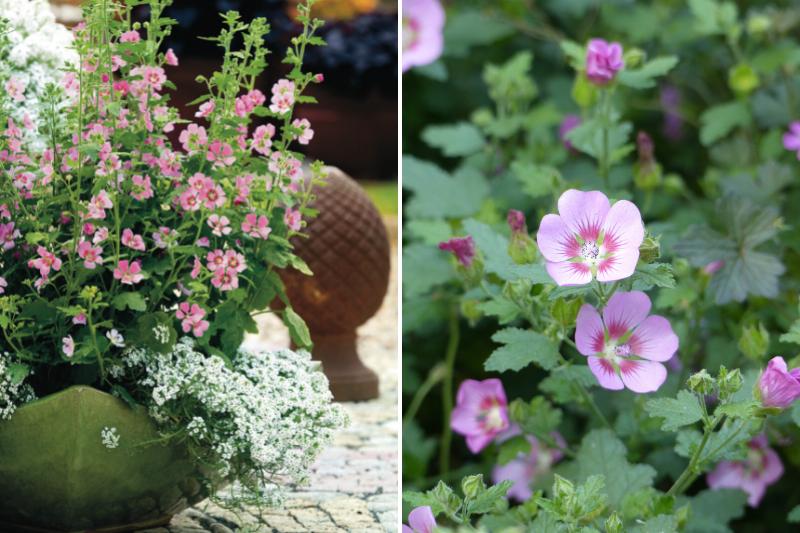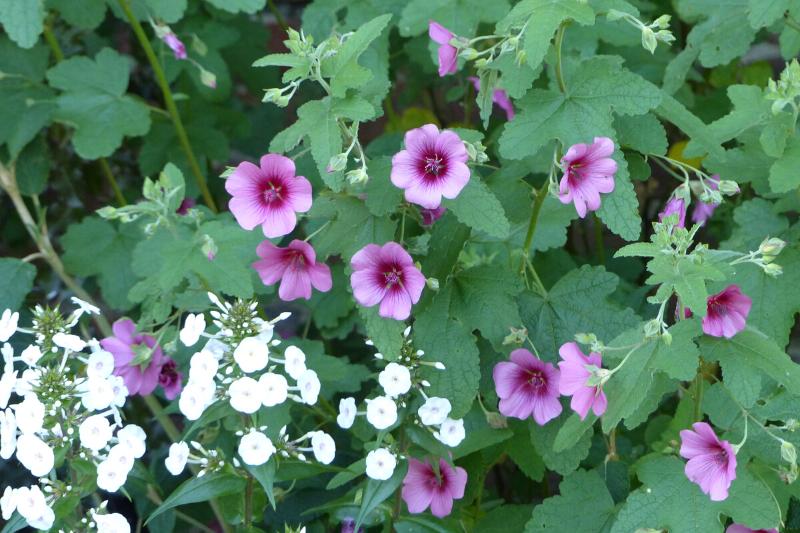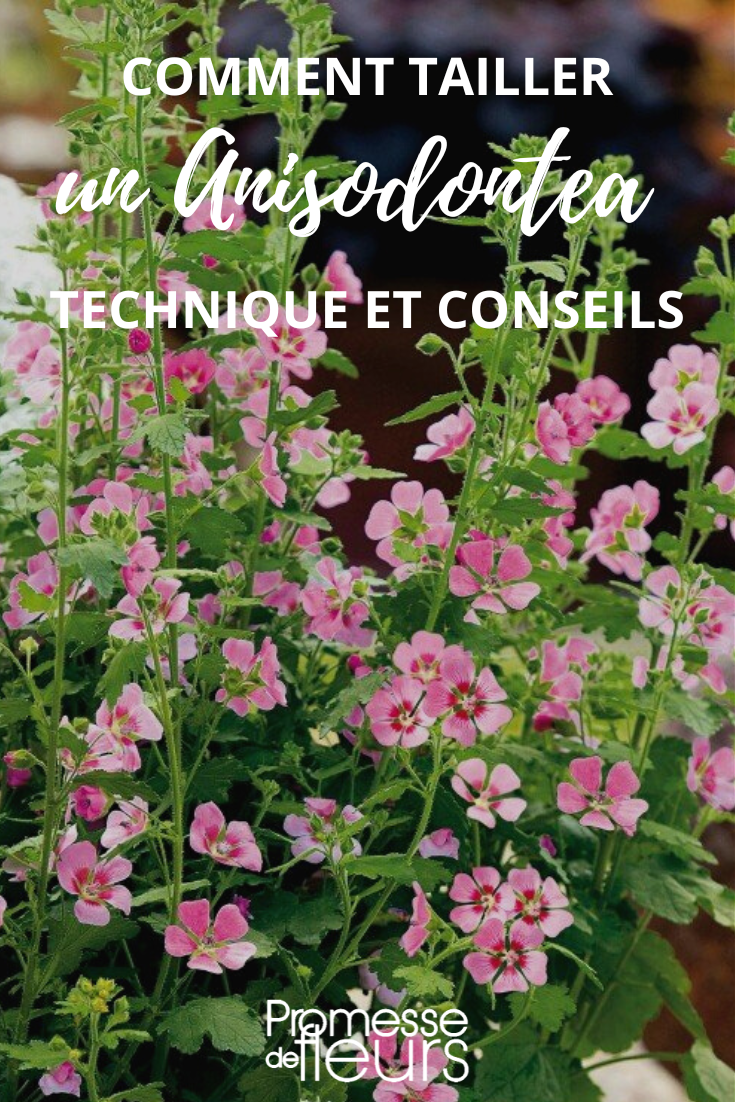Highly floriferous, Anisodontea is a bush that is covered in small pink hibiscus-like flowers throughout summer and until first frosts, from April to November. It can reach a height of up to 2 metres and has evergreen or semi-evergreen foliage depending on variety. Not very hardy, it is generally planted in gardens in mild-climate regions, and grown in a pot elsewhere. It can be grown as a specimen, trained in an erect habit or on a standard, as well as in a mixed border or as a hedge. Among the most common species are Anisodontea capensis or Cape mallow and the variety Anisodontea capensis ‘El Rayo’. To encourage flowering and maintain an attractive airy habit, discover how to prune Anisodontea.

Why pruning?
Summer-flowering bushes, including Anisodontea, produce new shoots just before flowering and tend to become large by the end of the season. Winter or late winter pruning reduces this volume, balances the habit and encourages fewer but more vigorous re-growth, which will produce larger flowers.
When to prune Anisodontea?
Like all summer-flowering bushes, Anisodontea forms buds on current-year wood. Pruning of Anisodontea therefore takes place in late winter, during dormancy, before growth resumes.
If you use Anisodontea as a hedge, a simple thinning of shoots when necessary is enough to prevent diseases caused by poor ventilation and to renew the foliage. Useful to know: Regulation (EU) No 1306/2013 of 17 December 2013 states the prohibition on pruning hedges and trees during birds’ breeding and nesting period. We therefore advise you not to prune your hedges between 15 March and 31 July, so as to protect bird and insect populations and to promote biodiversity. In that respect, when pruning hedges, take care not to disturb birds and leave nests in place.

How to prune Anisodontea?
Technique
- Prepare sharp tools disinfected with alcohol, to promote faster healing of the bush and to avoid transmitting diseases. These tools are a pruning shear, a saw, a shear or a hedge trimmer, depending on branch thickness and whether you are pruning a specimen or a hedge.
- Make angled cuts approximately 0.5 to 1 cm above a leaf or a bud.
- At the end of winter, shorten shoots by about one third with a pruning shear to keep a compact, bushy base and a dense habit. This pruning speeds shoot growth and gives a more spectacular display of flowers.
- It is recommended to cut above a bud or a leaf facing outwards to keep branching airy.
- Also remove dead wood and damaged branches.
- The bush can also be trained on a standard. In that case, keep the strongest central shoot and remove all shoots along about three quarters of their length, allowing only the upper shoots to develop.

Equipment
- Small pruning shears for small branches, heavy-duty pruning shear with curved blades or a pruning saw for larger branches.
- shear or hedge trimmer for hedges
To go further
Discover:
- our complete guide on the planting, pruning and care of Anisodontea
- our full range of Anisodontea
- our advice on growing Anisodontea in a pot
- our tips on the pruning of summer-flowering bushes
































Comments